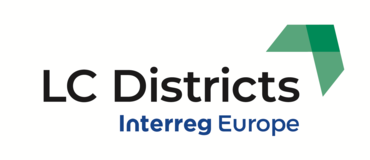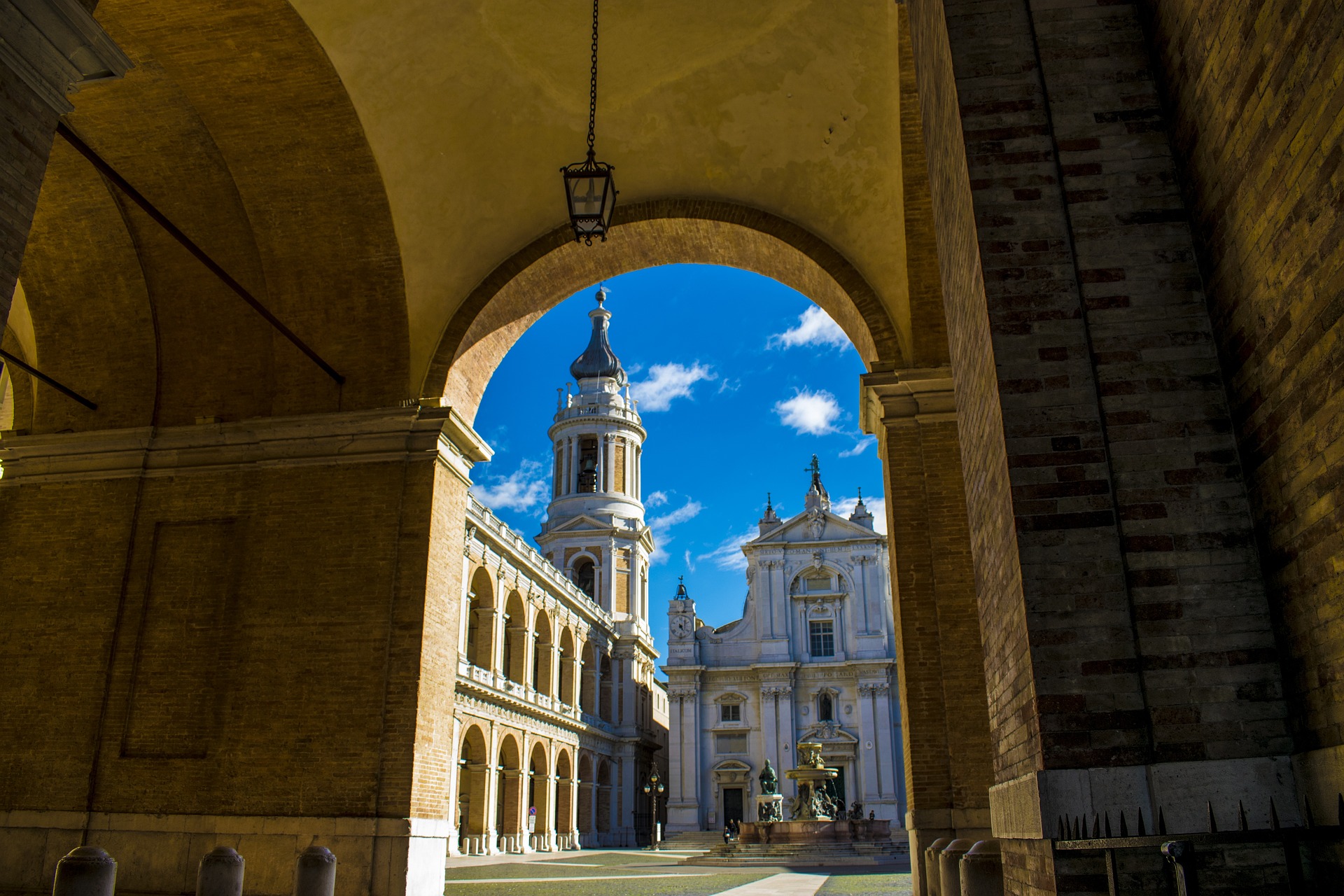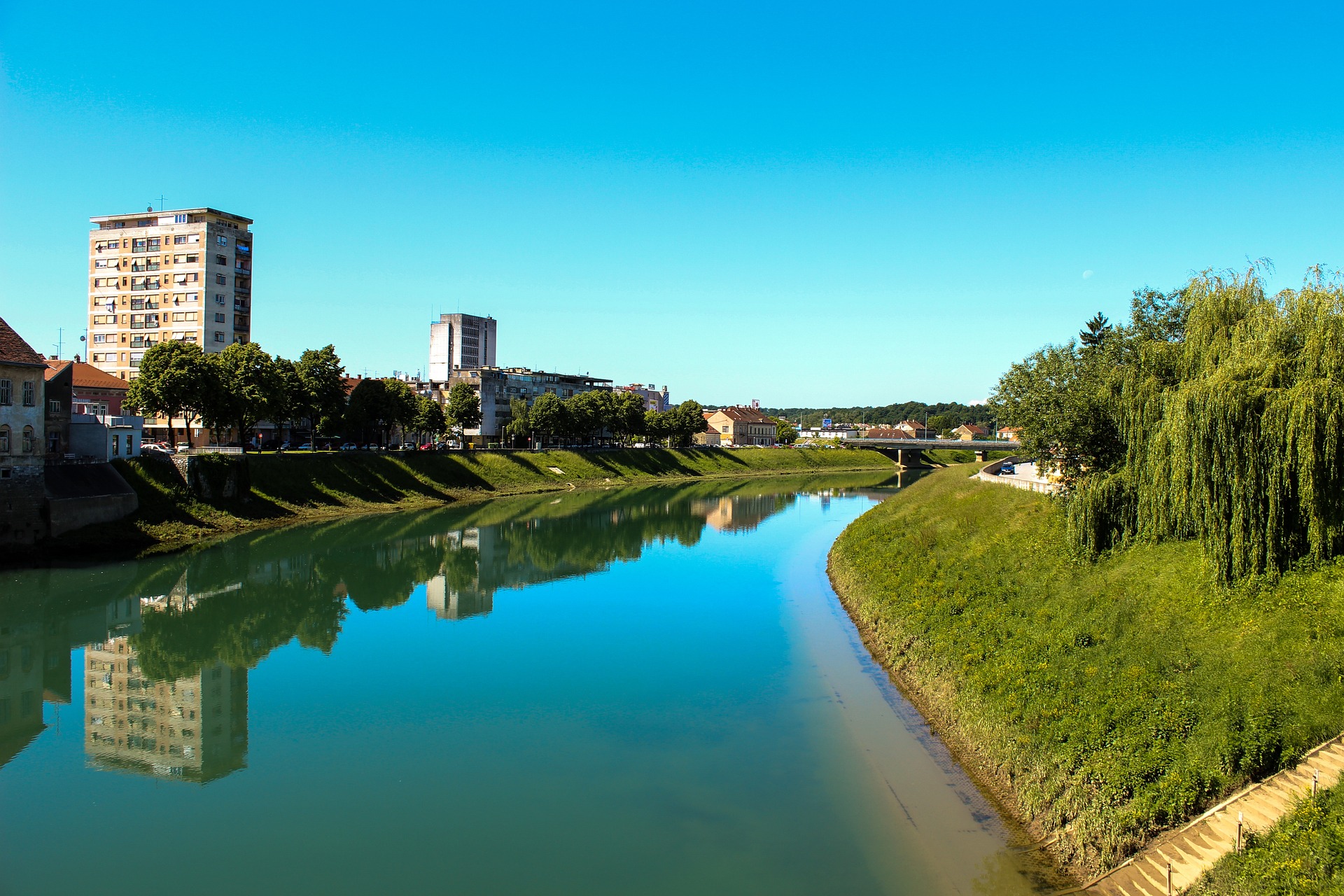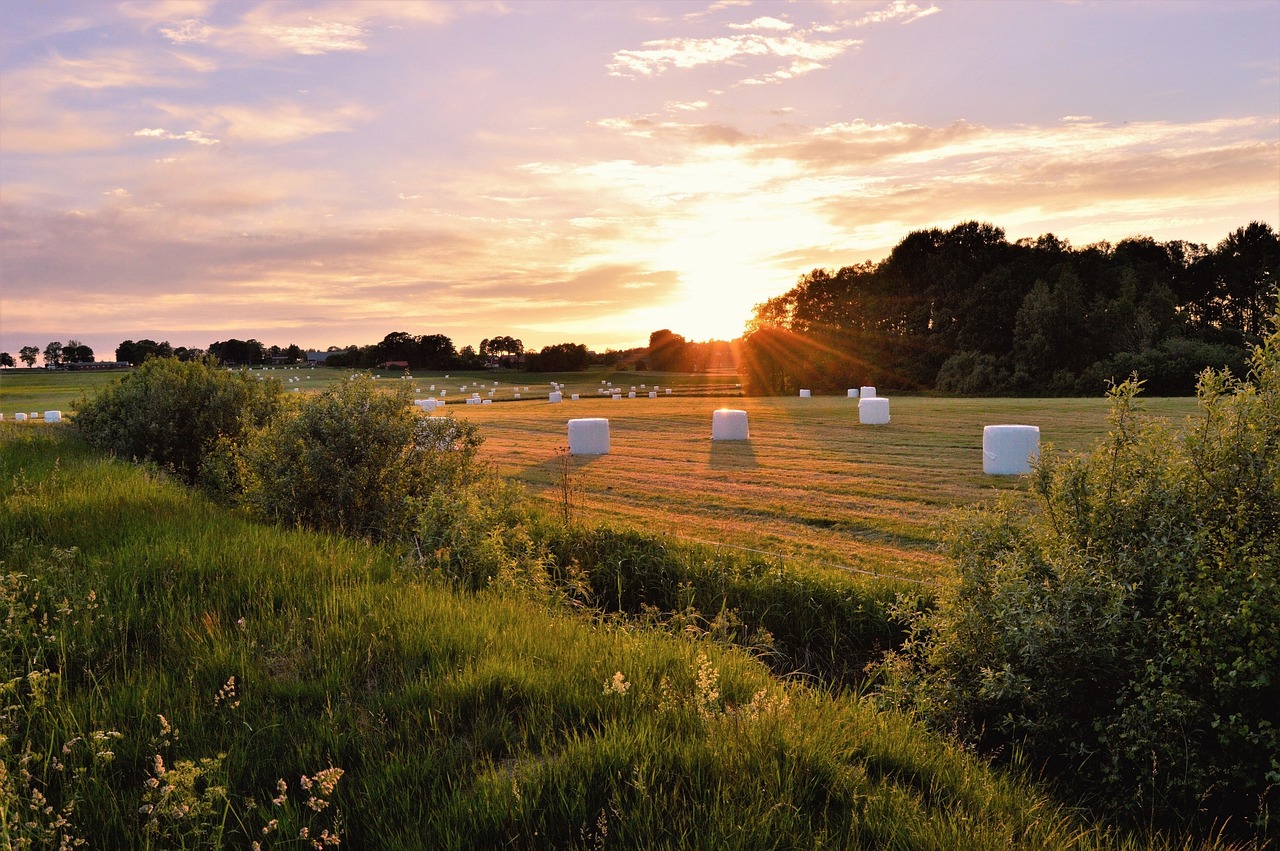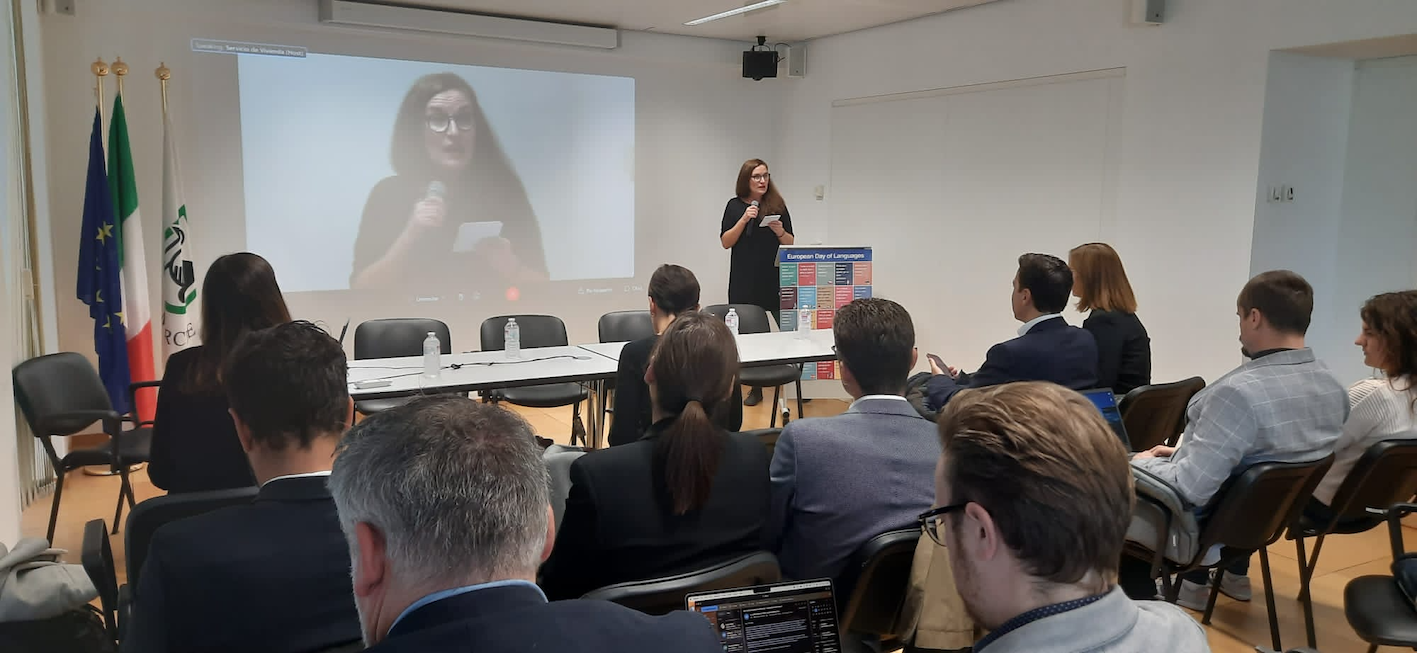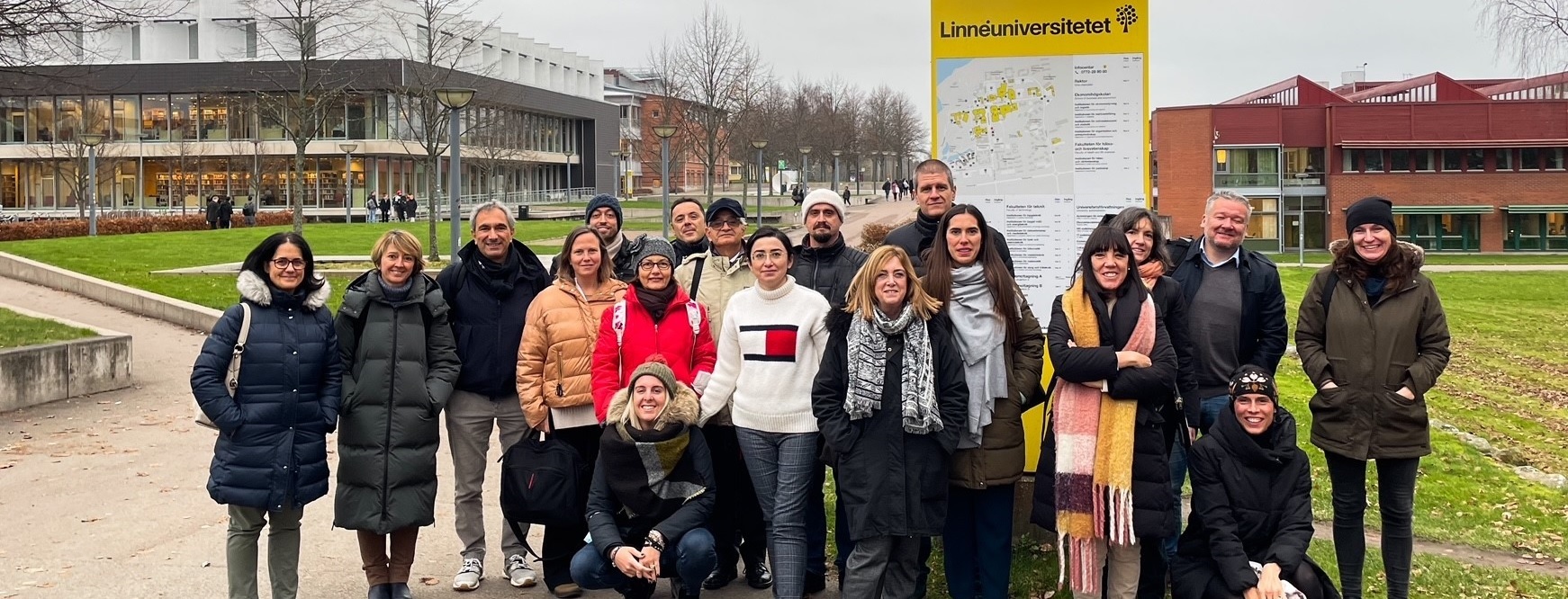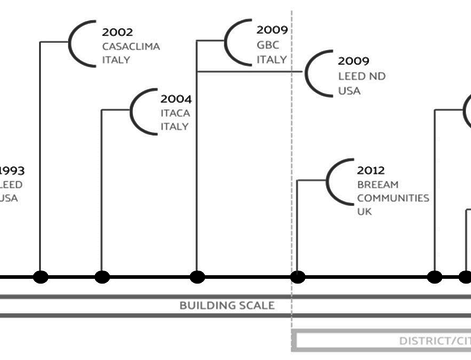The European Union is firmly committed to becoming a green Europe, which requires changing consumption habits and the way we treat natural resources. The European Green Deal represents a new era in EU policy, although regulations aimed at reducing carbon emissions have been developed before.
However, the involvement of a section of society in caring for our planet is much older. Environmentally sensitive people, aware of the impact that human settlements have on the natural environment, have thus implemented projects such as the creation of new bioclimatic settlements in the search for healthier and more sustainable ways of living.
The Navarrese town of Eransus is an example of such an initiative. In 1992, it started as a private initiative by a group of people who founded the 'Goizeder' association to create a bioclimatic village. In 1997, life began in the new village.

First, a suitable site was sought for its location, taking into account geographical criteria - orientation and location -, climate, lithology and soil, the existence of water, vegetation and fauna, landscape ... etc. Subsequently, the orientation of the settlement, its integration into the countryside, the definition of the common areas for the seven houses and a series of principles to guide the community were proposed.
The project therefore takes into account 3 aspects:
1. Knowledge and use of the environment
The village is located on a privately owned 13,440 m2 of land, a former grain field.
Its spatial layout was designed according to the shape of the terrain (erosion furrows and slopes) and using vegetation as an element to define the limits, with the assumption that the wooded environment is healthy. Flora management included planting native tree and shrub species that are adapted to the environmental conditions of the site and that require little or no maintenance. The previous study was detailed and the design exhaustive.
2. Bioclimatic buildings and energy consumption
The common area consists of roads, orchards, a common green, a pond and a building containing a water tank, electricity generation facilities and meeting rooms.
The facilities strive for maximum energy autonomy, use of RES, recycling and use of clean materials.
➔ Water: is supplied by a flow from a natural source, water is stored in tanks that supply the municipality after appropriate water treatment. The pond facilitates the regulation of the use of this resource, especially for irrigation. Systems have been set up for the use and reuse of water.
➔ Electricity: common installations include a wind turbine, solar panels, batteries for energy storage and a diesel-powered generator that switches on automatically when the battery charge drops to a certain level. Id est when renewable energy does not produce enough.
➔ Composting: organic waste is recycled in aerobic digesters to produce compost for the soil.

Users support their bioclimatic houses (self-build). They are built with environmentally friendly materials, such as thermo-clay or wood, and designed to achieve passive use of solar radiation: they have adequate insulation based on cork, wood chips or similar materials, covered with ceramic tiles or green roofs. Their construction, with south-facing glazed galleries, uses light and solar heat, and air circulates through the main walls so that the house is heated. Fireplaces and the installation of solar thermal panels (for water heating) in each dwelling complement the communal heating systems.
3. Sociological aspect: the basics
The project was born with specific objectives, which are included in the statutes in order to respect its principles:
➔ Creating a space for life: Affordable housing, a non-speculative project.
➔ Integration of the settlement into its environment: respect and reverence for the land and nature.
➔ Experimental project for energy recovery, waste treatment, recycling, organic farming and self-production.
➔ Educational function: changing the way of life and educating the users, accompanied by didactic projection for society, through talks. Cooperation and self-management. Organic farming: the pleasure of consuming domestic products and as an alternative for leisure.
The bioclimatic village of the Goizeder association was created as an experimental organic village. After more than 20 years, it has proven itself in most aspects, as the houses have all the comforts of modern life, but with almost zero fossil energy consumption.

